
High Dynamic Range (HDR)
When it comes to the future of television 4K might be stealing a lot of the limelight, but it might be High Dynamic Range (HDR) that brings the big leap in image quality we’ve been waiting for.
Now that the UHD Alliance has included HDR in the UHD Premium specification, the technology has been cemented as being of equal importance to the new 4K resolution. It has to be included if manufacturers want their equipment to carry the UHD Premium label.
Unfortunately HDR isn’t just something that hardware manufacturers need to worry about. Movie makers and TV broadcasters will also have to produce their content in HDR in order for the technology to make it to viewers. You can continue reading for the full list of producers on board with the technology, but rest assured that Netflix, Amazon Prime and even the BBC are either already using or investigating the technology.
More so than any other technology out there, HDR has the capability to revolutionise television image quality.
What is HDR?
The kind of high dynamic range that your TV is capable of shouldn’t be confused with the HDR photography options that have recently been added to smartphone cameras.
Both result in images that have a greater contrast between light and dark, but the way they work is slightly different.
High-end cameras and recent smartphone apps utilize HDR by combining several photos taken during a single burst.
Separate photos are taken at different exposures during the process. These are called stops, and the amount of light is doubled from one to the next. So while the first stop produces an extremely dark image, the last result is exceptionally bright, lending better luminosity to the final portmanteau photo.
But that’s not the same for video. Yann Lafargue, Netflix’s manager of corporate communications, told TechRadar: “HDR is a new standard for home entertainment. It’s a big leap forward in colour, contrast, and brightness, as significant as the addition of surround sound, or the introduction of HD and 4K.
“It offers a new set of tools we can use to make bright and colourful scenes really pop, and at the same time, bring out more detail in dark scenes.”
While it shares a name and some common points with photography, clearly HDR video is different to smartphone photography. The end result, an image with more contrast between its lightest and darkest areas is the same, but instead of combining separate images this effect is produced using better camera technology to capture footage in the first place.
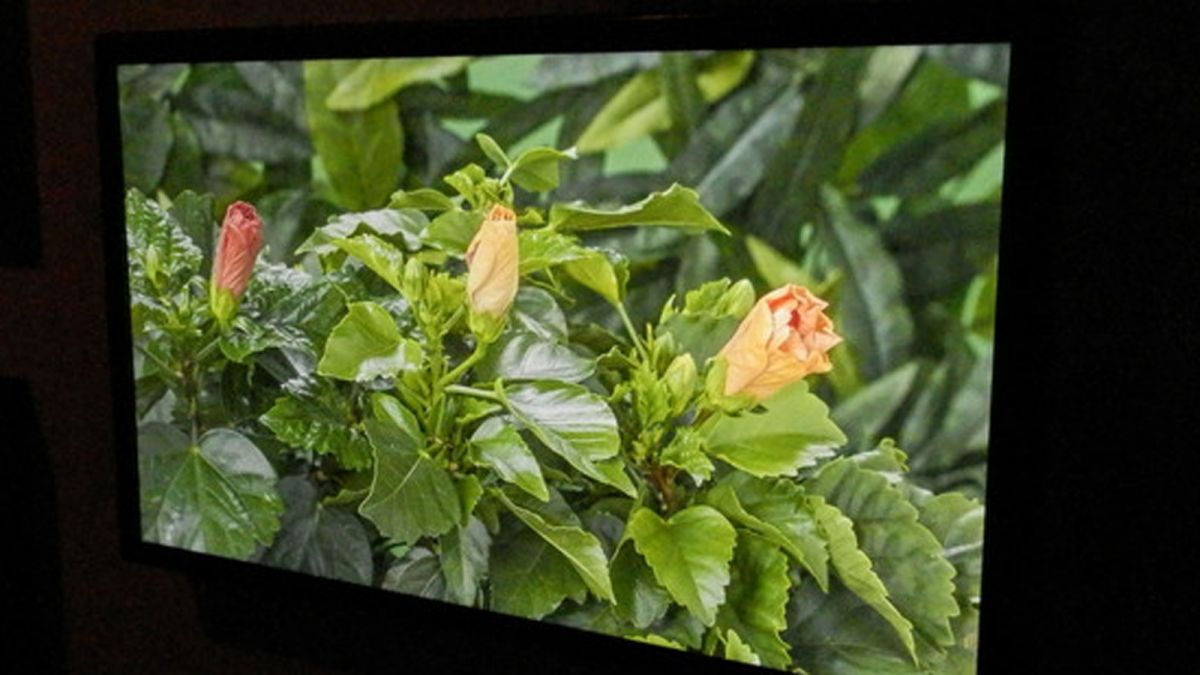
The result is an image with darker blacks and lighter whites, leading to more detail in the overall image. Whereas on a standard display everything below a certain brightness is the same shade of black, an HDR display’s range goes further, allowing you to tell the difference between something that’s really really dark, and something that’s just dark.
So, for example, a wide shot of a campfire at night could have subtle details in the flame rather than appearing ‘blown out’, along with palpable definition to objects that are barely lit in the gloomy surroundings at the edge of the frame.
As Panasonic’s training manager Michael Price says, “It’s about control, not just extra brightness and results in more natural expressions of light and shadow.”
When we caught up with Hollywood cinematographer Vanja Cernjul he was positively brimming with excitement about HDR, saying that “The whole composition is affected by the increased detail in brightness.
“You no longer have to choose whether to expose for the highlights or the shadows, so when I shoot I try and include a light source in the shot, which I can play with in the HDR grading session.”
In post-production Cernjul will tinker with the levels of exposure, brightness, contrast and colour saturation, making them look as good as possible on an HDR compatible screen.
He thinks that filmmakers will, like him, be attracted to work on TV. Cernjul has just completed shooting the second season of Marco Polo in HDR and sees streaming services as the natural home for HDR production because of the number of original shows being commissioned by the likes of Netflix and Amazon.
HDR is bringing media closer to what the human eye sees, and by doing so, is creating more realistic images, from scenes bleached with sunlight, to nighttime shots on city streets.
Here’s the takeaway: HDR TVs and content will display a more realistic color range, with an expanded contrast ratio to make black parts of the image look closer to “true” black.
So what’s HDR like?
Watch some carefully crafted HDR such as Cernjul’s short showcase movie, Converging Beams, made for Panasonic, and you can see the potential. You get so accustomed to simultaneously seeing shadow detail and details in the highlights that you may come to find watching standard images a bit flat and dissatisfying.
Not only that but HDR has real extra zip to it compared with standard viewing and there’s a new level of dynamism to images, something hugely evident in a film like like the Lego Movie.
When we went from standard definition to HD screen sizes were a lot smaller and just having the extra pixels was enough to transform the picture, but now that screens are so much bigger it’s not enough to simply add more pixels, as there are other aspects of the image that can be improved.
What HDR adds in terms of additional colours, better clarity in shadows and highlights is subtle but significant and it delivers a much more visually satisfying picture than simply having extra pixels. The overall effect is a punchiness that’s tantamount to creating a 3D image.
But the tech still needs to catch up to the promise, as reviews of early HDR screens (such as Samsung’s UN55KS9500) have highlighted one or two problems, such as the appearance of bright objects against dark backgrounds that can cause streaks of light to run down the screen or create halos around bright objects.
These issues are of less concern on LG’s OLED screens, where each pixel generates its own light and can go completely dark.
How do I get HDR?
HDR is an end-to-end technology, so every step from creation to distribution to the screen in your home needs to be HDR-compatible, which means that legacy TVs can’t show it.
When you go out shopping for a TV screen you may notice an Ultra HD Premium logo on it. This means that the screen offers a level of performance that’s guaranteed to get the most out of an HDR source. In terms of specification the screen must have 3,840 x 2,160 pixels (although this is no different to any other UHD screen) plus it must be able to display a vast number of unique color shades captured within an image.
The other key metric for a Premium-badged panel is a contrast ratio of at least 1,000 nits peak brightness and less than 0.05 nits black level.
Nits are a terms that’s been adopted by the TV industry to indicate the brightness of a display. 1 nit is approximately equal to the light from a single candle.
Most TV screens in use today offer between 300 and 500 nits, so that gives you a good idea of the greater luminosity required to show HDR.
The above applies to LED-lit LCD screens while for OLED screens (which have lower brightness and much lower black levels than LCD) it’s 540 nits peak brightness and less than 0.0005 nits black level.
Panasonic’s Price says that edge-lit LED screens cannot produce high enough contrast and you need direct lighting (from behind the picture, a less-common method of lighting screens) to get enough dynamic range to meet Premium HDR requirements.
One such model is its TX-65DX902 screen, its Panasonic’s only Premium HDR model, and costs £3,299 (AU$6,599).
In fact, the vast majority of LCD screens on sale aren’t equipped to deliver the level of brightness required for a Premium badge so manufacturers are selling non-premium models.
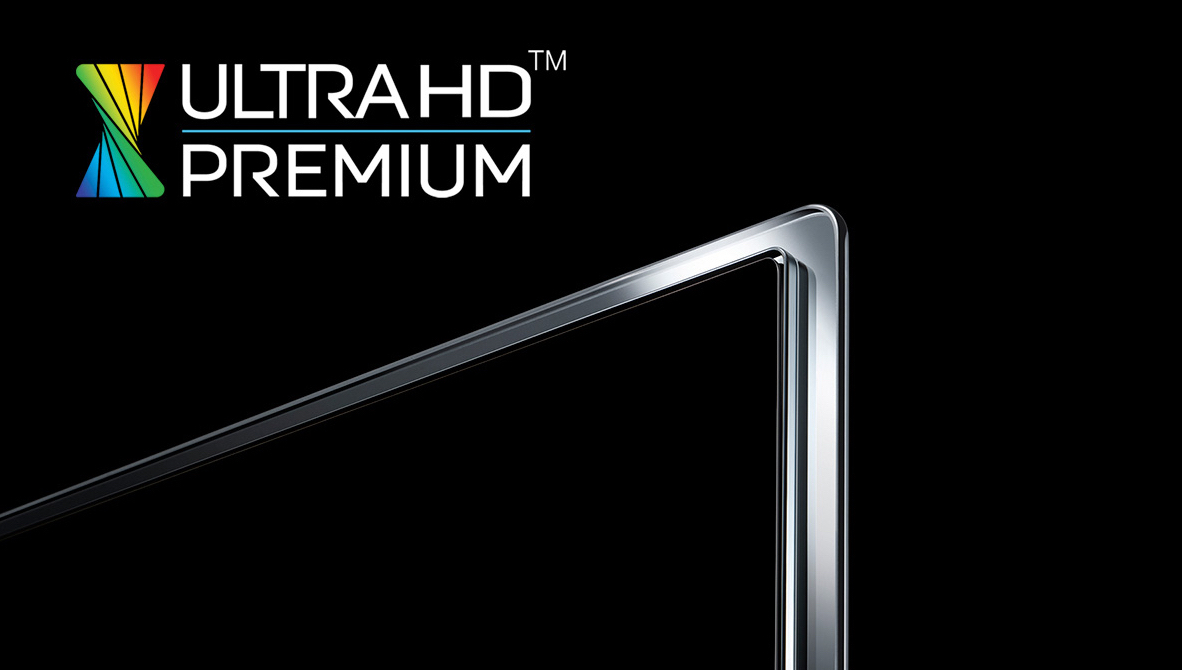
Since manufacturers aren’t obliged to reveal the number of nits (brightness) their screens achieve or the contrast ratio it’s up to them to decide for themselves if a non-Premium screen has enough brightness and contrast to deliver a meaningful HDR image.
The consumer electronics industry has previous form when it comes to offering similar but different standards, as while it was a lot easier to understand the difference between HD-Ready and Full HD the gap between “regular” UHD and UHD Premium displays is more fluid.
But the bottom line is that a screen with any HDR branding other than Ultra HD Premium isn’t going to deliver what the creator intended you to see.
Another issue is that it’s not compulsory to use the UHD Premium logo – others are (confusingly) using their own branding.
Sony’s product training specialist Gavin McCarran says: “What the Ultra HD Premium logo doesn’t do is show all the range of models that can receive an HDR signal.”
Maybe Sony thinks the Premium accreditation will put people off buying the non-premium models because, after all, would you buy a bottle of Moet & Chandon champagne if it were watered down to make it cheaper?
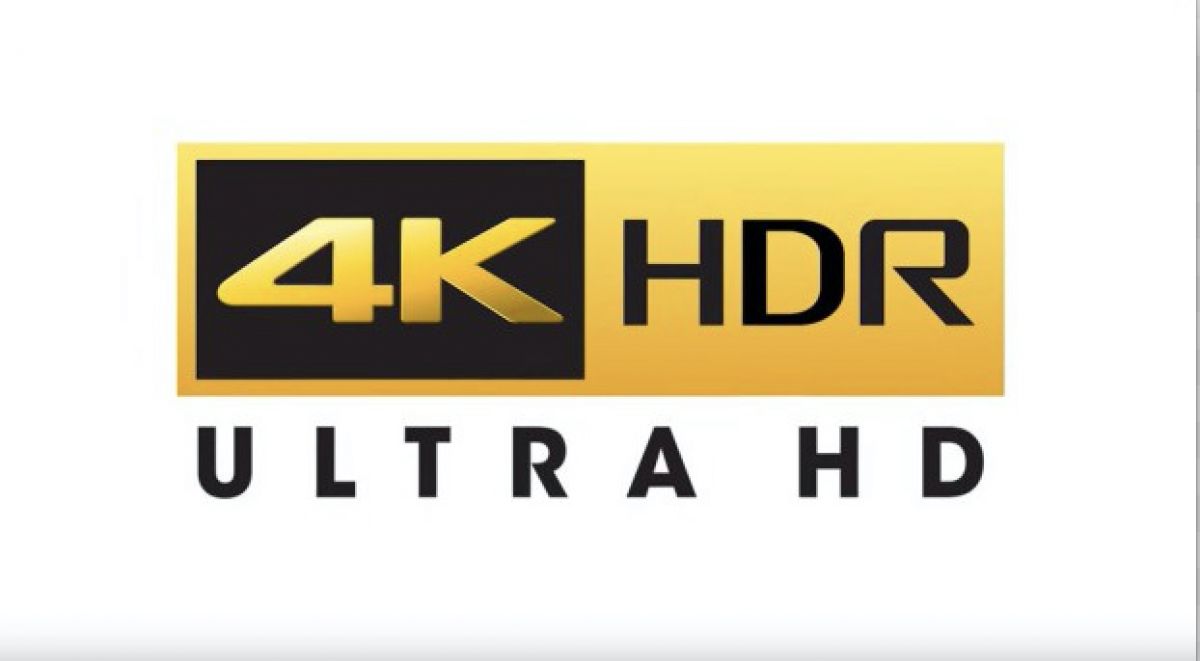
The Ultra HD Premium hallmark can also be used on Ultra HD Blu-ray players and discs as HDR is a mandatory part of the Ultra HD Blu-ray spec.
UHD screens without HDR compatibility will still show a 4K picture in SDR (standard dynamic range) from an Ultra HD Blu-ray but they won’t be able to access the HDR metadata carried within the picture.
Offering bit-rates up to 100 Mb/sec (approximately five times that used for streamed movies), in terms of content, Ultra HD Blu-ray is best placed to deliver the HDR goods.
HDR Standards – another cause for confusion
All HDR screens are able to display what’s called HDR10, which has the same specification as the UHD Premium standard. It’s compulsory on all Ultra HD Blu-rays, plus it appears on HDR dramas streamed by Netflix and Amazon.
But there’s another reason to be careful about which brand of HDR screen you buy and it’s all down to the fact that there are several varieties of HDR being used by content creators.
Dolby has an HDR10 rival called Dolby Vision, which has increased color depth and “up to” 4,000 nits peak brightness (which is far brighter than any current TV can offer)
Only screens and players equipped with Dolby Vision decoding will be able to show Dolby Vision’s ‘improved’ version of HDR, and LG is the only major manufacturer on board (plus Vizio in the US).
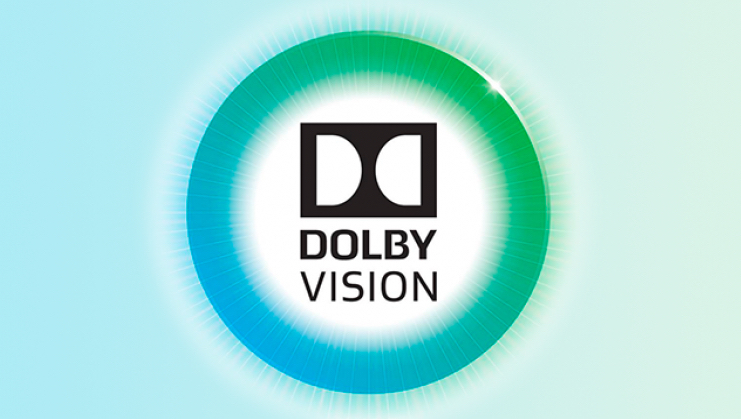
Dolby Vision has been adopted by Netflix and Amazon and several studios are offering Ultra HD Blu-rays with the tech inbuilt. The good news is that most content mastered in Dolby Vision also carries the HDR10 metadata so if your screen is HDR hallmarked you’re guaranteed to get an HDR experience.
When – or if – other manufacturers offer Dolby Vision it won’t be made available as a software upgrade to existing models, so if you’re buying a TV today that doesn’t support Dolby Vision bear in mind that it never will.
At least 100 Ultra HD Blu-ray titles with Dolby Vision are expected this year from the likes of Sony Pictures, Universal and MGM including Warcraft, Jason Bourne, and The Huntsman: Winter’s War. But as yet there aren’t any UHD Blu-ray decks able to decode Dolby Vision and none have been announced yet.
But the HDR issues don’t stop there. Technicolor and Philips are working together on a system that creates and delivers HDR and normal versions simultaneously so that separate streams won’t have to be created and graded.
The correct content will be automatically chosen to match the screen’s peak brightness and dynamic range. In a similar vein, the BBC and NHK Japan are co-developing a broadcast option that can accommodate both HDR and SDR in the same signal.
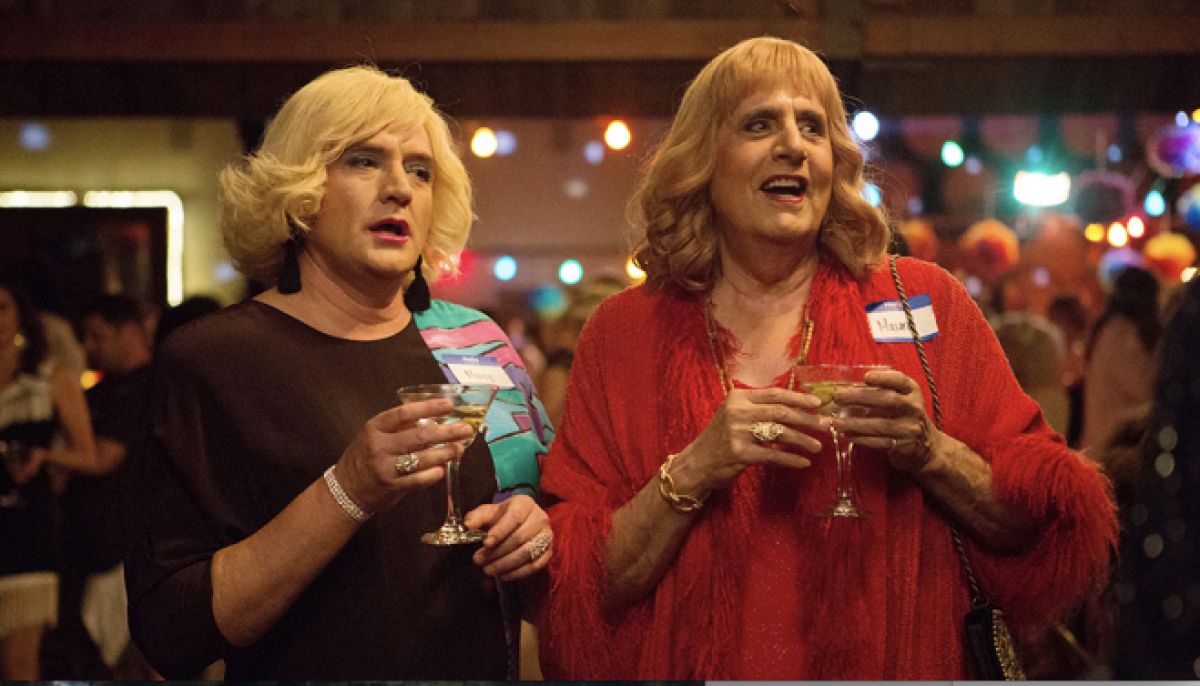
What’s the verdict on HDR?
It really is a landmark in home entertainment history that we can now watch movie content in our home with the same colour grading as in the cinema.
We can’t wait for the time when broadcasters adopt HDR for the same reasons – imagine watching live sport broadcast from a stadium split between shadow and bright sunlight without a sudden jump in the exposure as the ball goes into the brighter section.
Cinematically it’s going to have a big effect too, with the director no longer needing to choose between exposing for the shadows or the sunlight. Within a year or two it’ll likely be possible to say HDR has finally put the ultra in to UHD viewing, and all the issues over different standards will have been resolved.
But unquestionably we are seeing yet another format war and it really is one that look impossible to call.
Most hardware manufacturers are backing HDR10 (the official standard) but Dolby is a powerful force and has the content creators on its side.
It’s not impossible that both standards will continue to co-exist (after all Dolby and DTS share the Blu-ray audio market) but the way to play it safe would be to choose kit with Dolby Vision because HDR10 can always be shown on it, whereas Dolby Vision can’t be added via firmware updates – let’s hope, for the sake of the consumers, this gets decided as soon as possible.
When will HDR be available?
Right now. That’s right, if you’re a member of either Amazon Prime or Netflix and own one of the UHD Alliance-certified TVs, you can watch HDR content today.
As well as the HDR content that is already available from the two major streaming providers, both have pledged to bring the technology to their new series going forward.
HDR has also been included as standard in the Ultra HD Blu-ray format. The amount of discs available, not to mention the number of players, is currently slim, but as more and more films get released in the format HDR is set to hit the mainstream very soon indeed.
“Netflix is adding over 100 hours of HDR programming by August, with more than 150 hours slated by the year end,” says Netflix’s Lafargue. “We have already announced 12 movies or TV shows.”
Incidentally you need a broadband connection of at least 25Mbits to watch streamed HDR, although Netflix uses something called adaptive streaming that gives the advanced screen tech priority over resolution in the case of insufficient bandwidth.
“When a connection slows, we adapt to a lower resolution on the fly,” says Lafargue, “but we keep the viewing experience HDR.”
In other words, HDR adds more to the viewing experience than resolution.
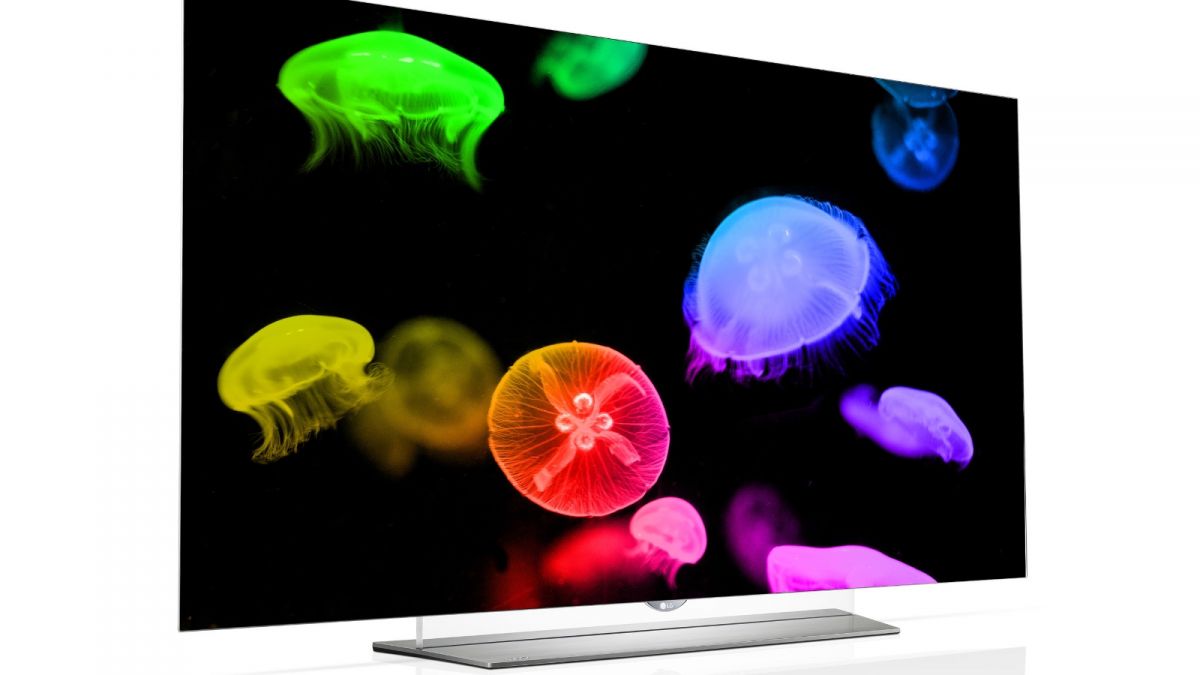
Editor’s note: Additional reporting by Dave James, Nick Pino and Jon Porter
Source: techradar.com





































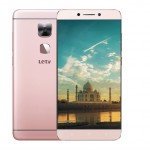




techradar what are you doing serving up year old news including all the year old comments?
agree with both of you, guys))
no point paying fo 4k in Australia because our tv channels are garbage..main are not even HD what yr we live in?? the others are just rip offs of the shows the mains already had..unless you have Netflix, stan or some MKV movies why pay 3k for a tv, afl looks pathetic week and ridiculous on channel7 only idiots watch it because its such a dumb sport played by skill less losers ..UHD is in but you watch normal tv on it its a joke I feel sorry for you, also football;l is god not this afl rubbish we here bunch of wimps cant even kick a ball properly
I've got 65" Samsung but it's only as good as the tv reception coming in.
I have possibly 12 channels in Hi Def resolution and that's great. I can follow the ball in the tennis!
Blue ray movies are very good but most of the tv channels are way behind like the proverbial cow's tail.
I think our room could just about manage a 75 incher……….
Oy, Santa!
Me too! And while I'm at it, I want a pony.
HDR usually just looks false and overly synthetic. I see no point in this on a TV. It doesn't make the plot of the programmes better.
the tv i want 65 inch, oled, 4K, HDR, 10 bit colour and some form of FreeSync.
I want a unicorn